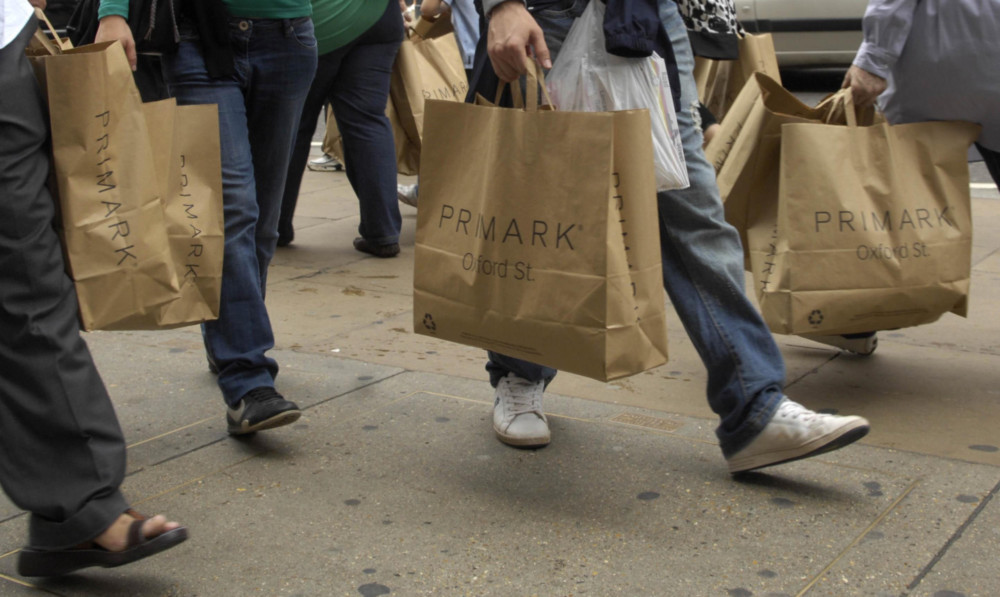Budget retail juggernaut Primark continues in the high street fast lane after posting a 24% rise in sales during the six months to the start of March.
Parent company Associated British Foods used its interim results announcement to the markets to hail Primark’s “success story”, committing itself to continued capital investment in new stores.
It said trading in the period was “very strong”, with a much-improved profit margin and continuing enthusiasm for the brand and its shopping offer in Continental Europe.
The chain’s performance saw half-year revenue grow to just under £2 billion, with operating profit up more than 50% on the same period last year to £238 million.
That helped ABF’s overall performance climb 10% to £6.3bn, with adjusted pre-tax operating profits lifted 25% to £452m.
Primark’s like-for-like sales, which strip out the effect of the 15 new stores opened since this time last year, rose 7% in the period. Net debt sat at £1.3bn, following a capital investment of £334m.
A 10% hike to the group’s shareholder dividend sent the firm’s share price climbing early on Tuesday.
Chief executive George Weston toasted an “excellent” set of results, which featured a stronger cash flow and a year-on-year reduction in net debt.
“We are committed to the long-term development of our businesses through investment,” he said. “These results have been achieved through a focus on generating good returns from the investments we have made over recent years.”
However, the group which also owns British Sugar as well as household brands Kingsmill, Ryvita and Twinings warned that it expects the rate of Primark’s profit growth to slow during the second half thanks to pressure on margins from cotton prices and the strengthening US dollar.
The pace of openings will also slow in the second half, with space added through store extensions in Manchester and Newcastle.
Expansion is expected to accelerate early next year, with the brand’s first steps into the French market.
Primark’s performance is in sharp contrast with poor clothing sales at retail bellwether Marks & Spencer, where recent cold weather and weak consumer spending drove general merchandise sales down 3.8% in the first three months of the year.
Despite the squeeze on consumer spending, ABF’s grocery arm grew profits by almost 30% to £97m, boosted by a Twinings advertising drive in the UK.
The company said its bakery arm had managed to recover costs in a “highly competitive” bread market.
Its sugar business grew sales but recorded a 5% fall in profits to £163m as trading in China deteriorated. ABF also said lower European sugar production and lower prices in China will continue to weigh on the division.
Shares climbed 149p to 1,999p.
